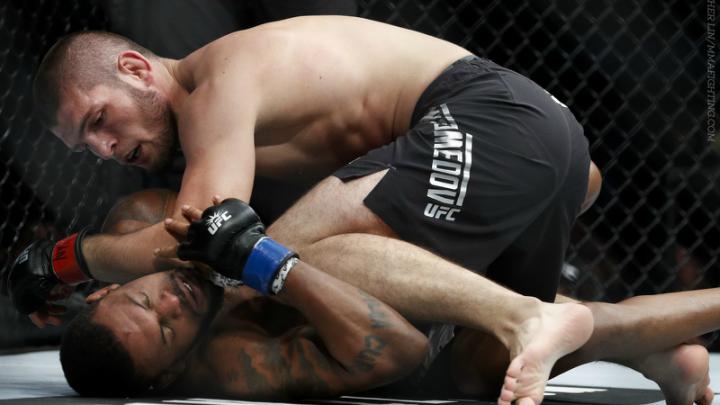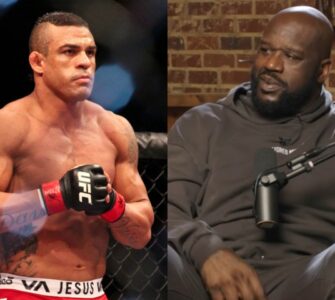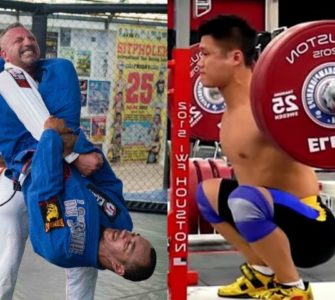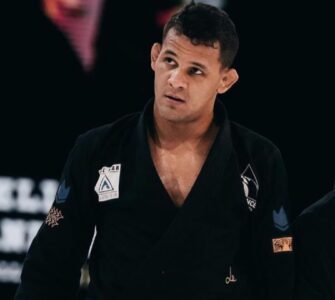Guest post by Mark Lajhner, founder and chief instructor of Kaizen MMA Academy in Belgrade, Serbia. He is a Judo black belt (Serbian national team member), BJJ purple belt and multiple medallist in Freesyle Wrestling. You can find Mark Lajhner’s FREE MMA course Here.
In today’s video and article we will be exploring 2 different strategies for fighting on the ground in MMA and what is the best position to deliver punches from.
Before we start I’d like to give a shout out to BJJ Scout who makes one of the best BJJ/MMA explainer videos online. This video is inspired by his Meta Switch video
which he made a few months ago. It is about Ben Askren’s change of ground tactics over the course of his career. BJJ Scout explains how Askren became a lot more efficient
and dangerous by employing Folkstyle Meta instead of BJJ Meta which he used in the beginning. Meta refers to the overall strategy or gameplan.
That means that the new Askren uses techniques and tactics from Folkstyle wrestling to control and finish opponents better than he did when he relied on BJJ tactics.
When Meta Switch video got out I got very excited because that is almost exactly how my development of GNP played out, only earlier (because I’m old 🙂 ). I originally came from judo and have never trained folksyle wrestling, but the overall strategy on the ground was very, very similar and I relied on heavy top control with side control being my preferred position.
So in this video we will contrast those two ground tactics: BJJ Meta and Folkstyle Meta. We will also contrast mount and backmount which are considered as the best positions
in BJJ to side control which I believe is the best position for GNP.
You will better understand this video if check out BJJ Scout’s Meta Switch video I mentioned.
However, I will summarize it here by quickly explaining both styles:
What is BJJ Meta?
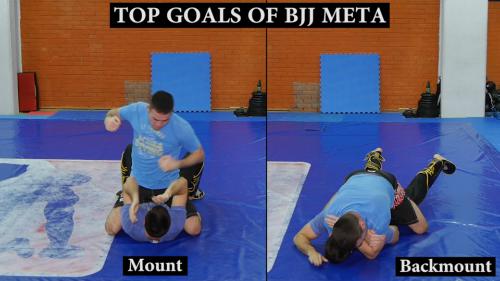
BJJ Meta or strategy reflect the BJJ’s point system. So you go from passing the guard into side control, then to mount where you hit, opponent turns and you get backmount and
choke your opponent out with a RNC. That means that mount and backmount are the top goal. It is what most people are doing in MMA and it works.
What is Folkstyle Meta?
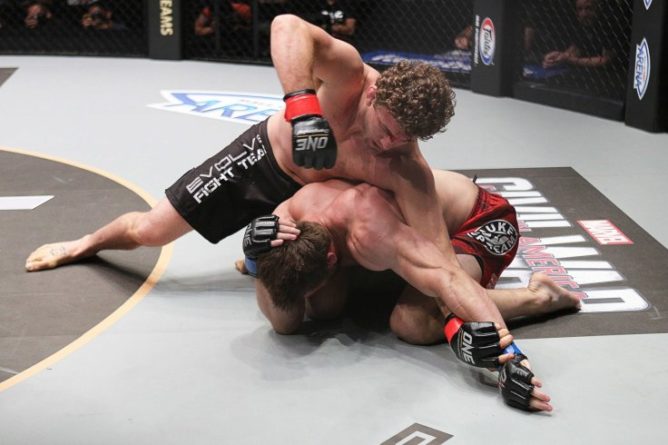
Folkstyle Meta has revolves around heavy hookless top control of a turtled opponent, meaning that the back mount is usually avoided in order to stay on top at all times.
The turtled up opponent is controlled and punched in sprawl-on-hip position, mat returns are utilized if opponent tries to get up and side control crucifix is the main goal.
There is more to this style than this, like being heavy, using various rides and punching from all top positions, but this is a quick explanation.
BJJ Meta is a good strategy but it has some problems:
– if you don’t get the submission you usually lose the position.
– mount and back mount take skill to hold.
– submission awareness takes time to develop.
– opponents can get up more easily.
Don’t get me wrong – I’m not saying it is not effective and that you shouldn’t learn it. You definitely should. Askren has trained BJJ extensively as did many other Folkstyle type ground & pounders and it helps them a lot. It helped me a lot too.
And if you’re wondering why BJJ practitioners are activelly seeking mount and backmount, the best explaination comes from a world renowned BJJ coach – John Danaher.
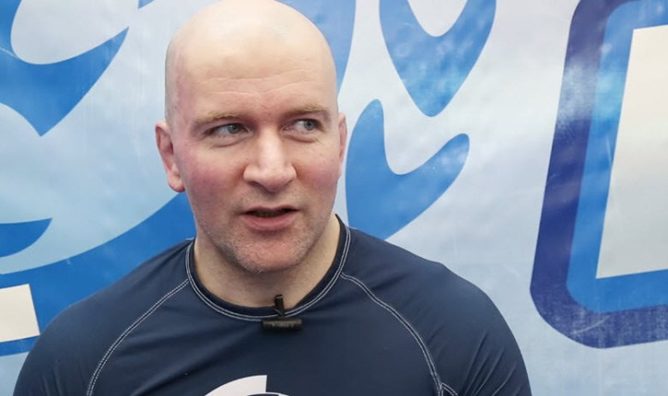
“Jiu Jitsu is a system based around four distinct steps:
1. Take your opponent to the ground.
What happens when you take a human being to the ground. The closer they get to the ground, the less they can employ explosive force. You put them on the ground, dynamic explosive movement is massively curtailed. It takes away the single riskiest element of fighting, which is quick dynamic movement that can generate kinetic energy. It is inherently safer. Less things can go catastrophically wrong on the ground than in the standing position.
2. Pass the legs.
They are dangerous. If I end up inside your legs, if you’re a skilled jiu jitsu player you can arm lock me, you can leg lock me, you can strangle me. Even if you were an untrained fighter you could upkick me. Many a man has been knocked out by an upkick.
3. Go through a hierarchy of pins.
Work your way through a hierarchy of pins where the pins are graded in value according to your ability to strike with effect on the ground.
4. Submissions”
Danaher was explaining the BJJ hierarchy of pins in contrast to his system of leglocks, so not connected to Folkstyle Meta ground & pound. But I included it here because I find it is a very valuable explanation.
So if knee on belly and mount offer more space for punching the opponent’s face, aren’t they better than side control? If backmount is BJJ’s holy grail and there is not a lot
of what opponent can do to you there, is it not also better then side control?
Let’s explore this.
Knee on Belly
Knee on belly, as Danaher pointed out is inhrently unstable when you hold it for longer periods of time. I think it should be used in five cases:
1) When someone is trying to escape from your side control and is about to reguard. Then you preempt his escape with knee on belly which then opens up other dominant positions.
Either mount, back takes or sprawl-on-hip.
2) When you cannot pregress in side control and you need to get your opponent to open up.
3) When your opponent is down and pressed up against the cage, knee on belly can be very difficult to escape.
4) When the mounted opponent tries the elbow escape (or the hip escape), and you realize that you cannot hold the mount any longer. Then you transition to knee on belly and maybe remount later.
5) After a guard pass although this is not so common in MMA.
Mount
Mount is a good position and it often leads to the opponent turning to his belly to avoid punches and then being RNCed in backmount. This usually happens when the opponent
is tired. When he is fresh, it is very difficult to hold the high mount which is best for punching. Mounters often get rolled to their backs and end up with the opponent in their guard thereby losing top position.
And you want top position at all times. Even if you employ standard BJJ tactics. Listen to what World BJJ and ADCC champion Robert Drysdale had to say about it (in an interview I did with him recently).
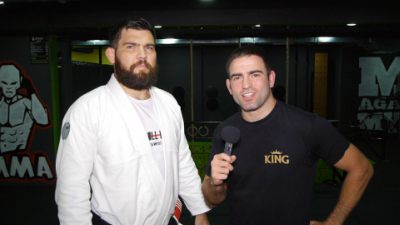
“A lot of times a grappler that does MMA is straight out grappling. I think that’s a mistake. I think punches work in the grappler’s favor. If you know how to position yourself you know how to punch properly then you’re a killing machine and it’s gonna open up for a submission.
One thing that dramatically changed my Jiu Jitsu game, not only for MMA but for sports Jiu Jitsu, was the importance of positioning. I think that’s something that a lot of people in Jiu Jitsu neglect. There is this misconception that Jiu Jitsu is all about the submission. It’s not true. Jiu Jitsu is combat, Jiu Jitsu is a martial art. And position is extremely important, don’t take my word for it, watch the UFC.
So in a way Ma has influenced a lot of my sports Jiu Jitsu because it was a reminder that Jiu Jitsu before it was a sport it was combat. It was a martial art. And I think a lot of Jiu Jitsu practitioners have lost that. They don’t want to learn takedowns. They don’t care about being on top. In fact they often fight to be on bottom, which is odd. Brazilian Jiu Jitsu is the only grappling art on the planed where people fight to be on bottom. I personally believe that you should fight to be on top and the combat aspect is something that we shouldn’t lose.
So I started fighting for top position and knowing how to control the top position, and staying in top position, not let the person stand back up. That’s another concern in Jiu Jitsu – you don’t have Jiu Jitsu, you have MMA. It’s not just taking your opponent down, but actually making sure he stays down. I think that’s something that a lot of people neglect. There is no contradiction between fighting for these things and staying in dominant positions and going from submission to submission to submission. There is not contradiction between that and being a good sports practitioner.”
Backmount
What about the backmount?
It often happens that backmountees reverse the position and and up on top of beckmounters. Either by turning and escaping backmount completely, or by going belly up and still being backmounted. So again, loss of top control.
Fights can be finished from there and they are finished often, but many prefer to stay on top at all times.
There are tactics to prevent that. You can see me in the video maintaining a stable base, going from backmount to mount by not allowing belly up. Daniel Cormier sometimes removes one hook completely in order not to get rolled.
Side Control
But what’s so special with side control? Can you not get reversed in that position too and end up on your back? Yes, but much, much harder.
You could get bridged over but that is not so easy to do. Side control is mostly escaped by reguarding but you still have top position. Another common escape is to try to get the underhook and get up. While people use this all the time, you can circle around and take their backs or get into sprawl-on-hip. If you don’t succeed, the chances are high that you will both end up on your feet which is better that you ending up un your back.
In side control the goal is the crucifix where it is very difficult to completely reverse the top fighter, although possible. I have a video on how to escape this position and you can check it out in the cards above or in the description.
You do have less space for your punches and elbows to travel, but the entrapment is total and the head is unprotected. In knee on belly and mount you can generate more power
with strikes, but those positions are more unstable. And back control can be reversed.
There are also submissions from side control that perfectly fit in with the striking. You stay on top while going for them and you don’t compromise the position. If you don’t
get them, you are still on top.
Conclusion
Does this mean that side control is the absolutely the best position, and Folkstyle Meta the best strategy for ground fighting?
For many fighters it is, and it was for me as well but BJJ Meta is still a very good strategy employed by many.
It is going to come down to how many hours did you practice BJJ or Wrestling/Judo, what are your affinities, what way of fighting you prefer…
MMA styles are not set in stone and we all pick and choose the techniques and strategies for out arsenals.
I noticed that many competitors with a wrestling/judo background use Folkstyle Meta. I guess it comes naturally to them. There are differences though.
Contrast Cain Velasquez and Daniel Cormier for example. Both have a very similar GNP style but Velasquez prefers to strike and never goes for submissions. He openly
stated that. Cormier on the other hand doesn’t limit himslef to strikes on the ground only, abd includes submissions in his game. I believe that makes him more dangerous.
Whatever strategy you prefer, knowing just one position well will never be enough. In order for you to be an killer ground fighter, you must have a system in place where you can
flow from one position to the other and where you have many solutions for many problems that your opponents can pose. Positions can fail and they sometimes do, but a system is much more likely to succeed.
Here is a part of my sparring footage from 2008. which is the year I retired from pro fighting. As you can see I sometimes loose the position, but the system is in place and I get it back or flow into another dominant position. I’m not saying that systems cannot fail. They absolutely can and they do, but you are more likely to succeed with a good system in place.
If you are interested in learning how to GNP like a pro, I have an instructional that will teach you just that. Being over 9 hours long it is the most comprehensive GNP
instructional in the world. Click here to check it out.
What type of GNP strategy do you use and why? What is your favorite position for GNP? Let me know in the youtube comments or in comments below this article.
Link to the original article: https://goo.gl/y5ZR1K

